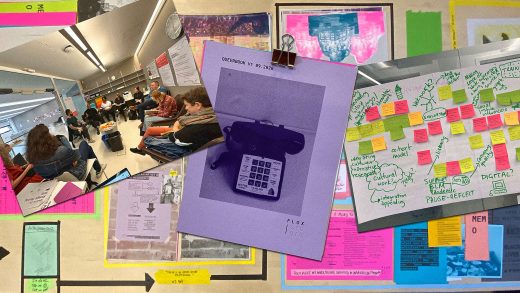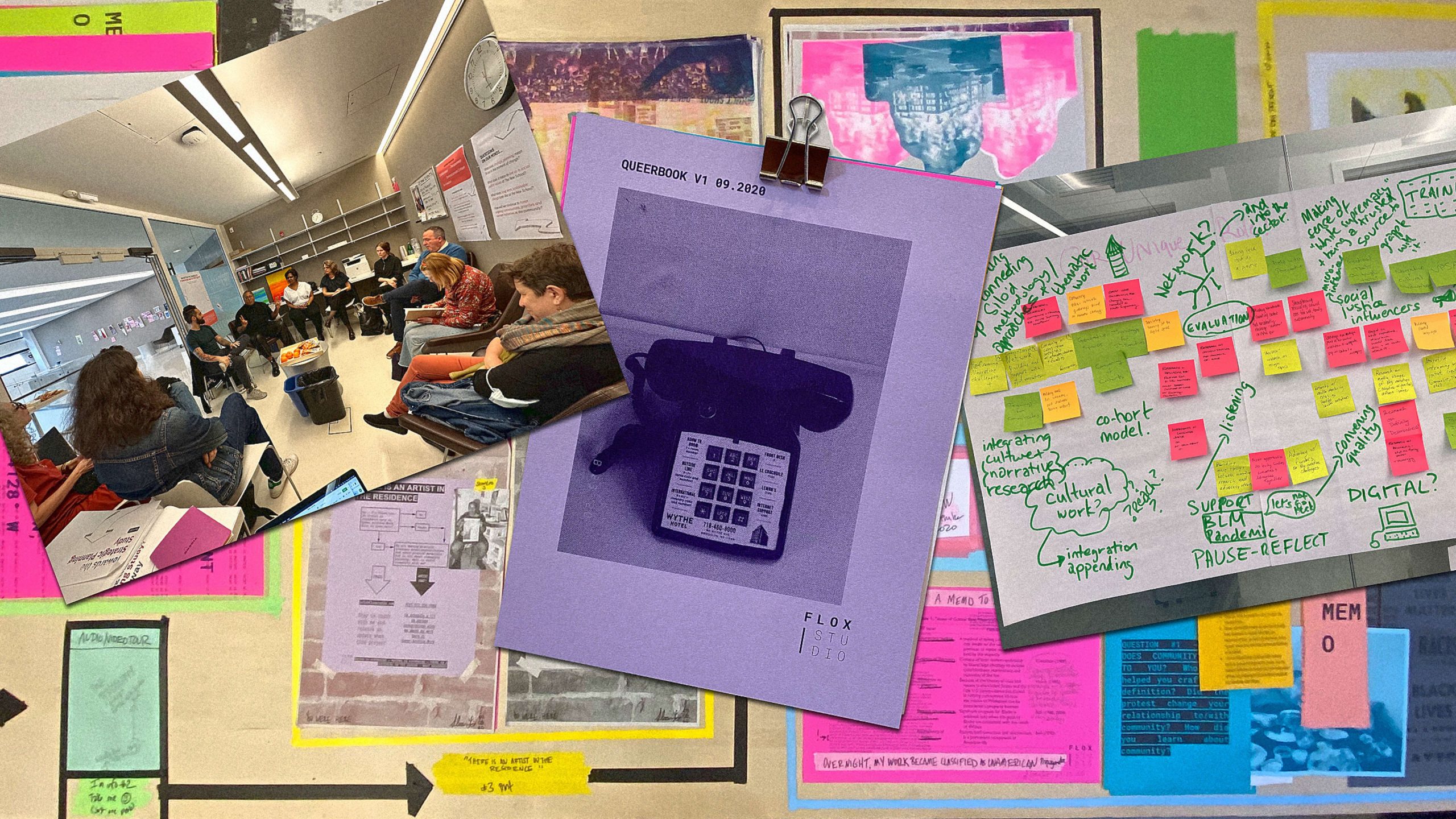What does it mean to ‘queer’ design?
What does it mean to ‘queer’ design?
Seven prompts for thinking about design differently.
Looking at the mainstream practice of service design today, something is clearly not working. Over the past decade, service design has evolved into a commodified brand or product—one that has been streamlined, sanitized, and codified into something devoid of personality or individuality.
When we talk about service design, we’re referring to “the discipline of organizing all the parts of a service (the people, processes, tools, requirements, communications, etc.) in a way that can make the service better and easier to use,” according to designer Mari Nakano and the team from the Service Design Studio at the NYC Mayor’s Office for Economic Opportunity.
Service design is the practice of centering the people who use and deliver a service to inform the policies, processes, technology, and systems that affect those experiences. This can mean more familiar corporate applications like Airbnb, Lyft, and Uber, and food delivery services. But it also applies to public policy and social services, transportation, education and healthcare systems, and leadership and management structures within organizations.
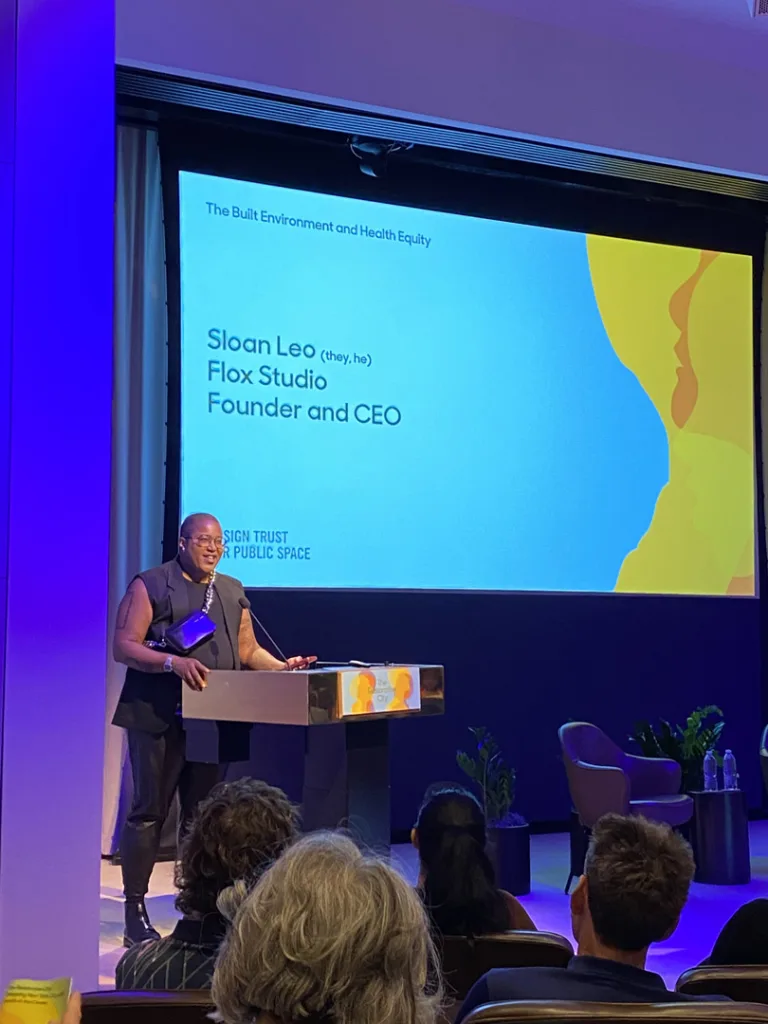
At Flox Studio, we think another way forward for service design is possible. For us, that looks like a move away from normativity and linearity and towards something we’re referring to as “queering design.” Queering design means being willing to put aside the rulebook we’ve been given for how to practice design, and instead entering into our work as designers with vulnerability, curiosity and co-experimentation. We view collective well-being—not capital—as our benchmark for innovation.
In applying queer theory to service design, we are directly informed by bell hooks’s articulation of queerness, with “queer not as in being about who you are having sex with, that can be a dimension of it, but queer as being about the self that is at odds with everything around it and has to invent and create and find a place to speak and to thrive and to live.” We are inspired by the work of queer folks across design disciplines thinking about similar themes in their work, including Sasha Costanza-Chock, a self identified nonbinary trans femme researcher and designer who wrote “Designing Justice,” Nicole Killian, whose formative thinking around queering design education has pushed the idea forward, and Hil Malatino, a Professor of Women’s, Gender and Sexuality Studies whose work looks at how queer people form alternative systems of care in response to the dominant culture.
Queerness is philosophical, psychological, cultural, political, and, yes, sexual. Queering design as a concept is similarly broad—it weaves through those different strands, transforming queerness into a worldview as well as a practice that explores what it means to design as and for queer people.
We offer this idea of queering design not as yet another thing to do, but as an alternative orientation that any designer—queer or not—can adopt to make their work more human, relatable, relational, and authentic. Below, we offer set of ideas that help us define what it means to queer design. You can think of these as permissions for designers to bring more of themselves into their work. We like to think of them as the building blocks of a queered mindset.
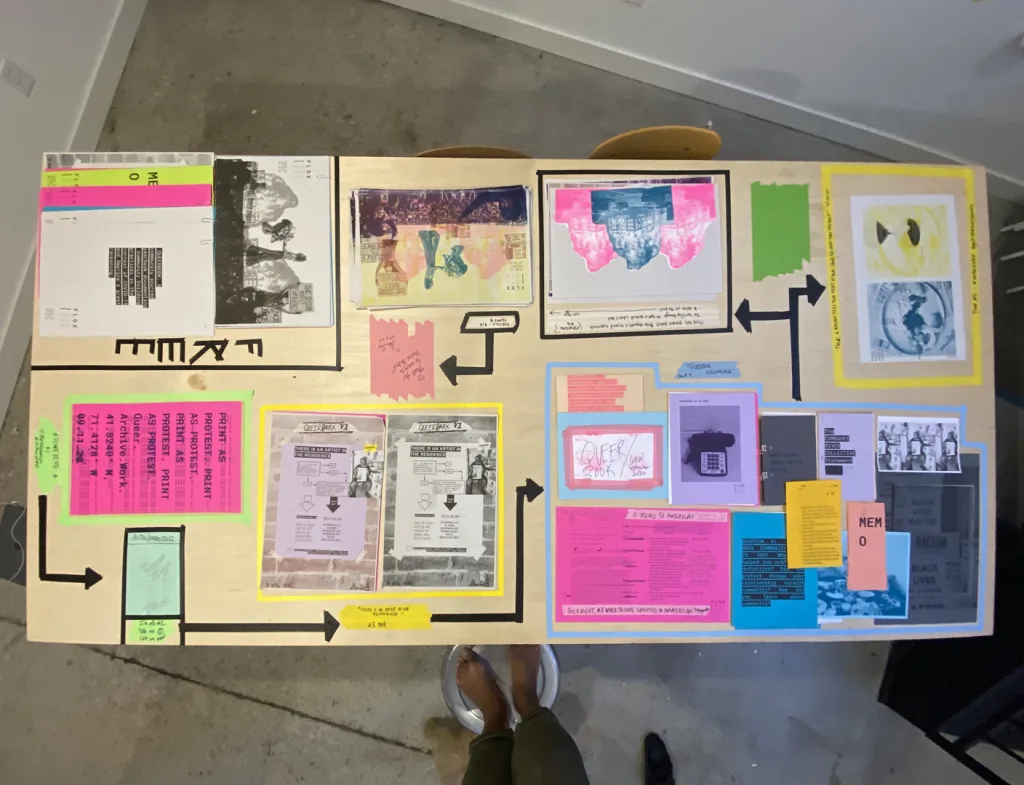
Queering design is recovering a sense of agency
Queering design offers an opportunity to move from designing for (a paternalistic approach) and designing with (collaboration but not capacity building) to designing by (building the confidence and design fluency of communities to self determine their own future).
A “design by” perspective requires designers to move away from a top-down design approach that is risk-phobic and inflexible. Instead of avoiding mistakes, they are viewed as part of the process. Instead of relying solely on quantitative metrics, qualitative experience is valued. Most importantly, this new approach views community input as integral to all parts of the design process—not just a stage to check off of a to-do list.
It’s a way to avoid the crutch of “damaged centered research,” as Eve Tuck, Director of the Provostial Center for Indigenous Studies at NYU, explains it. Instead of viewing communities as broken or in need of fixing, Tuck encourages designers to transition to desire centered research that better accounts for “the hope, the visions, the wisdom of lived lives and communities.”
In Australia, this practice has been codified into policy. Led by KA McKercher, a community designer and author of Beyond Sticky Notes, the effort has led to a new policy in New South Wales where any new social service must be developed with a deep codesign process that includes the impacted communities.
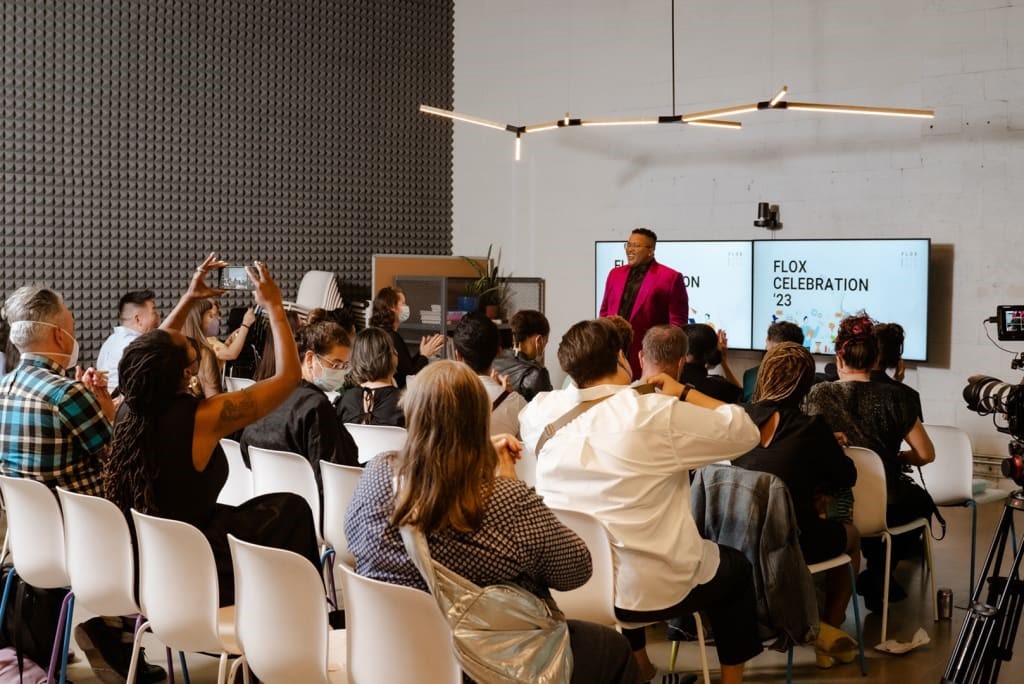
Queering design is interdisciplinary
Design has long been viewed as the domain of those who are educated and skilled in the aesthetic aspects of the practice—UX design and wireframing, digital design, graphic design, illustration, and branding. But the reality is that a multitude of disciplines, from the humanities, to ecology, community and political organizing and psychology and neuroscience, can contribute tremendously to improving design practices and outcomes.
For designer Eli Robinson, the 20 years of eclectic work experience she had before she moved into service design has been integral to how she approaches her work. Robinson grew up in punk subcultures and an agricultural community; she worked in arts and sex education, the hospitality industry, and as a hotel maid. “I’ve done a lot of jobs that people take for granted. And that background has given me perspective about fairness, equity, and what it’s like to have your job tied to a technology working and functional,” she says. This perspective has helped Robinson dig deeper with users by asking more behavioral and cognitive questions that other designers might miss.
Queering design is centered in care
Service designers love to say that empathy is central to the design process. While well intentioned, this focus on empathy often reinforces an outside observer, paternalistic lens. It’s a stance that is more passive and performative than engaged and active. Whereas normative design advocates for distance between designer and user, expert and subject, queering design enables designers to feel genuine care and affection for the people they are designing for. The result is products, processes, and services that will make people’s lives easier.
At Flox, we start every meeting—with other designers, clients, or communities—with what we call a “human hello.” This allows everyone to check in on how they’re actually doing that day (from sleeping poorly the night before to having issues with a family member, or feeling overwhelmed).
In a project for a new digital-first healthcare provider serving the queer community, Robinson tapped into her friends’ transitioning experiences. She used this knowledge to help the company pivot its core offering from being an online pharmacy to creating a holistic telehealth platform that provides personalized and emotionally connected care from queer sensitive and informed medical professionals. “I want to create the kind of experience that I wish my friends had had during their transition,” she says.
Queering design is trauma-informed and responsive
“The reality is that for many—especially those who are not White or male or straight or cis-gendered or have privileged socioeconomic status or are healthy or who speak English as a first language or are any countless number of other ‘othering’ things—simply living in the world brings them into situations that create, reinforce, and maintain trauma,” writes Rachael Dietkus, a social worker turned designer.
Acknowledgement of past harm is the first step in any reparative process. For this reason, designers must be trauma-informed and responsive in both their personal practices and in their studio culture. Becoming trauma attuned can help bring greater understanding and care for people with previous experiences of being othered, whether they’re queer or not.
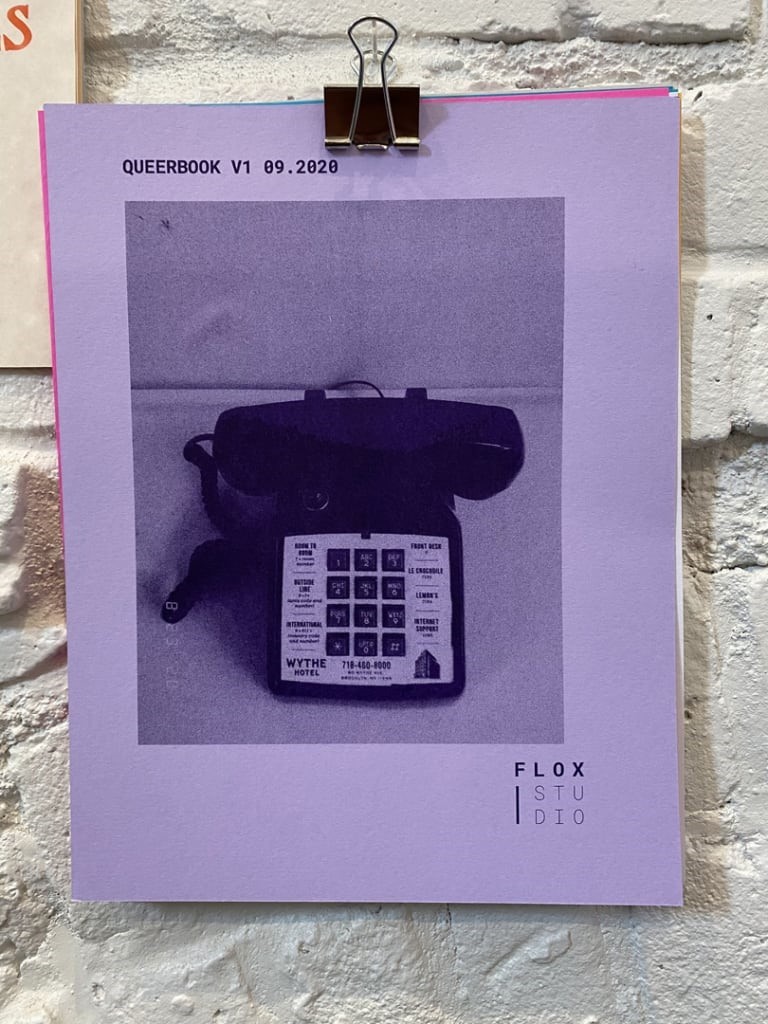
Queering design is inherently political
The nature of being queer and the act of queering design is inherently political. It requires designers to have a point of view on society—a set of values that informs how we view the world or a better vision of what it ought to be. This stands in contrast to much of how mainstream service design is taught and practiced, which tries to bring a neutral or “objective” stance to the work. It often considers outside issues and the surrounding political landscape as beyond the purview and scope of a project.
For example, ridesharing platforms tout innovation and introduce new services and functions, but they do so without meaningfully engaging in the directly related issues of labor, healthcare, and access. Instead a queered approach places the question of “who is this service not an option for and why?” as central rather than peripheral to the design process.
In a time where climate change immediately threatens our future, where capitalism continues to deepen inequities and further marginalize the most vulnerable, and where queerness itself is being politicized, being neutral is no longer an option when creating services, policies, and platforms that have to withstand these external forces.
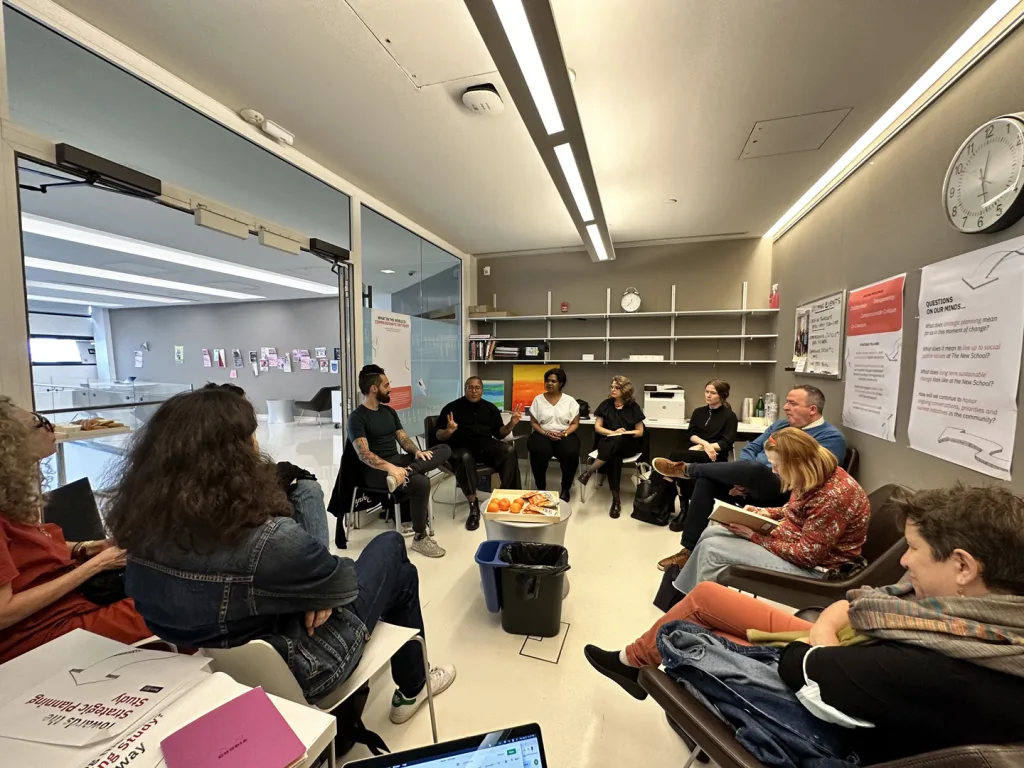
Queering design is relational rather than transactional
Even within the social impact sector, process and product decisions are often more about appeasing stakeholders rather than serving the communities their tools are being designed for. Designers need to invest time in getting to know communities and their histories rather than relying on quick surveys and design sprints.
This shift also demands a change in designer–client dynamics. This might necessitate a longer pre-project planning period and socializing clients to a new way of working. It requires designers to stay firm about client selection and their values. And it will likely mean revisiting traditional rate and fee structures.
Queering design is embracing ambiguity
The idea of the “non-binary” is central to queerness. Instead of viewing things in black or white, a non-binary approach mean they can be anywhere in between—on the edges or off the map entirely. Ambiguity allows us to be more honest and innovative in our work.
But the current professional practice of service design is riddled with binaries where designers are required to make discrete choices when designing services, systems, and strategies. This includes the core premise that designers can identify concrete ”problems” to solve, and that through this tidy process can come up with answers and solutions that are time bound and finite. In reality, few design problems exist in isolation; nor should they be examined without consideration to their wider social, cultural, and systemic context.
Service design needs a new way of practicing that resists overplanning, linearity, and transaction. Service is neither isolated, nor predictable. So we should be asking ourselves: How can we stretch space and time to give breathing room for deeper design research insights and paths forward to emerge?
ABOUT THE AUTHOR
Fast Company
(20)

